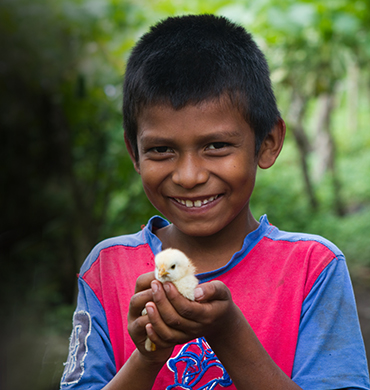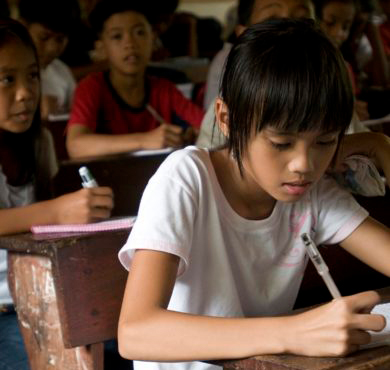Superstorm Sandy: Rebuilding and Recovery
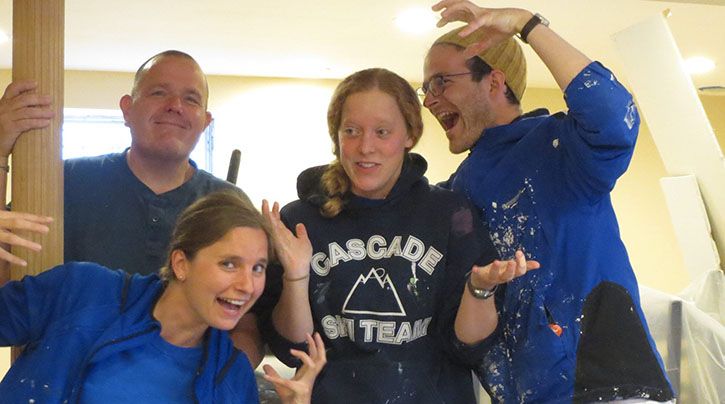
When Hurricane Sandy hit the US East Coast two years ago, I was hunkered down with my cat in our apartment in Brooklyn.
Encouraged by our US Disaster Program staff and having gone through Hurricane Irene the year before, I had bought extra peanut butter and a couple gallons of drinking water, but it was hard to predict just what the storm would be like, and how much damage it would do.
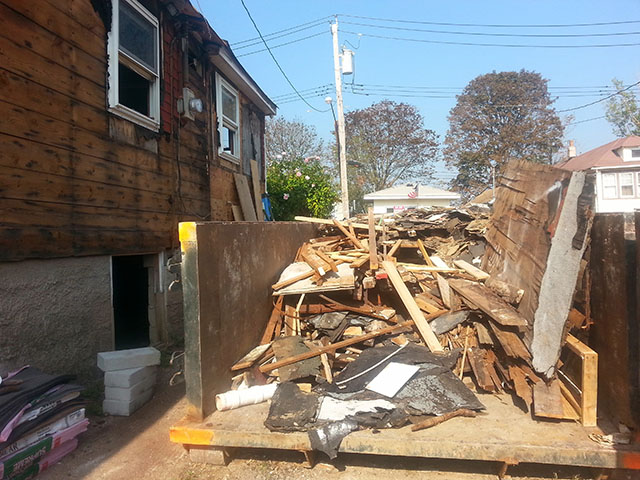
Still a fairly recent transplant to the area, I hadn’t been to places like Staten Island or the Jersey Shore and didn’t understand hurricanes or the risks of living by the sea. Until I went there, a year after Sandy, I didn’t realize that many people in search of affordable housing were living year-round in converted beach cottages in places that used to be marshland. I had built houses from scratch with Habitat for Humanity, but I had never seen the process a flooded house has to go through – hauling out ruined furniture and appliances, gutting, mold abatement – before the rehab work can even begin.
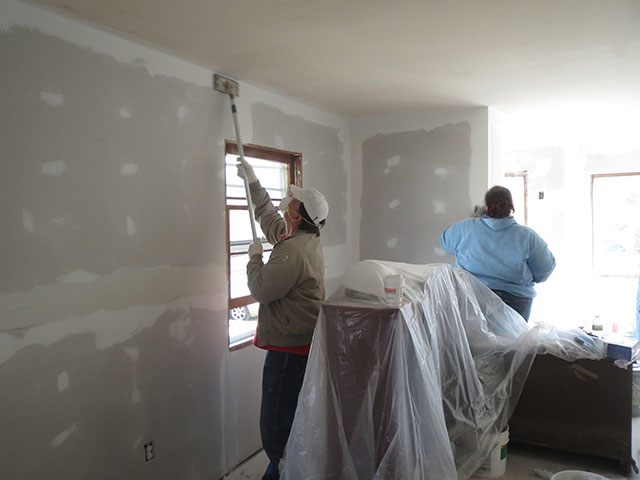
Through all the mess and uncertainty of recovering after a disaster, though, the Church has been a steady and compassionate presence – supplying immediate relief, connecting people to services and providing accompaniment as folks navigate their return to “a new normal.” Even more, churches are a space where people who are at different stages of disaster recovery can minister to each other, so it’s not simply a “giver” and “receiver” relationship. Building community around disaster recovery gives everyone an opportunity to help others, creating trust and preserving dignity to support people’s emotional and spiritual recovery as well.
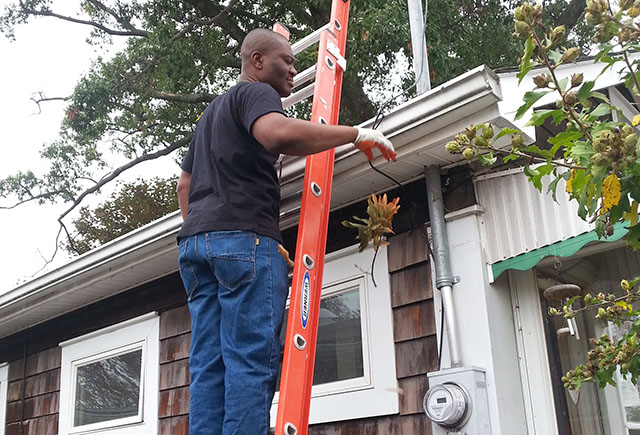
It’s now two years later, and many of the churches that were active from the earliest stages of the response are still dedicated to shepherding their communities through a full and sustained recovery. There may not be daily media attention around storm response like there used to be, but the daily work of rebuilding and recovery is absolutely still going – and help is still needed!
Episcopal Relief & Development is partnering with the Episcopal dioceses of New York, New Jersey, Newark and Easton on long-term Sandy recovery, and volunteers can connect with opportunities to rebuild houses and offer support through a coordination website hosted by the Diocese of New York.
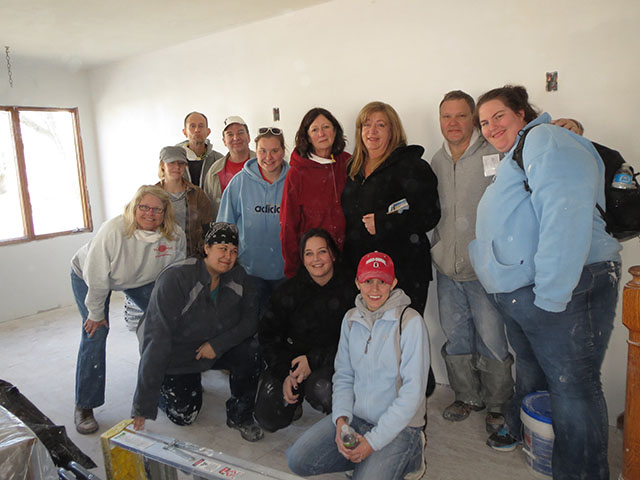
In Staten Island, Disaster Response Coordinator Darrell Hayes heads up the Episcopal Diocese of New York Disaster Response, which is tracking its rebuild successes with great photos and stories on their Facebook page.
The rebuilding and recovery work in Crisfield, Maryland, in the Diocese of Easton, is being headed up by Diocesan Recovery Coordinator Joe Pinto, and updates are posted to the diocesan website.
On this second anniversary of Hurricane Sandy, I am thinking of the people I have met on my visits to New Jersey and Staten Island (still hoping to make it to Easton sometime!) who are working steadfastly to heal their lives and their communities, and grateful to the people around the country who are offering support through care and action!
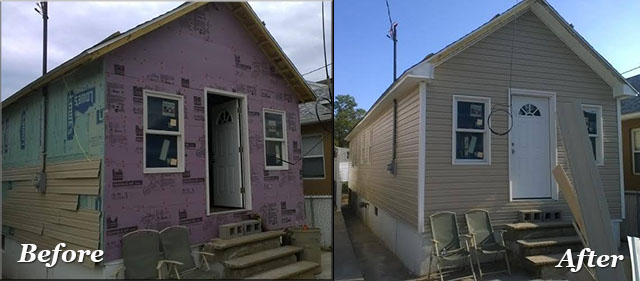
Faith Rowold is the Communications Officer at Episcopal Relief & Development.
Images: Top, Episcopal Service Corps Interns shows excitement at finishing a house. Middle 1, Debris left from Superstorm Sandy. Middle 2, Middle 3 & Middle 4, US Disaster Program volunteers. Last, Before and after picture of a finished home.


